My Turn: ‘Protect and restore nature’
| Published: 07-31-2023 4:44 PM |
This summer’s epic flooding up and down the Connecticut River watershed, from the hillsides of Vermont to the low-lying farmland and neighborhoods in Massachusetts and Connecticut, is simply astonishing. Gurgling little brooks, once just a few inches deep, became raging with whitewater. Farms growing this summer’s vegetables transformed into ponds overnight. Dams breached. Canals eroded. Bridges and culverts damaged. Basements flooded. Roads became rivers. All by the power of water.
This is a tragic and powerful symptom of the climate crisis revealed in community after community across our watershed. Unfortunately, as the climate continues to warm, the atmosphere can hold more water. So the intensity and frequency of storms is predicted to increase as temperatures rise, and as Atlantic moisture is carried up and over the Connecticut River watershed.
In the face of such dramatic climate change, it’s easy to feel helpless. What can communities do?
One clear answer to climate-induced natural disasters is nature itself. Nature is one of the best tools we have to help mitigate climate-related impacts to communities like the flooding we’ve been experiencing in the Connecticut River watershed. According to the International Union for Conservation of Nature (IUCN), nature-based solutions, like forest conservation and river restoration, can provide a full one-third of climate mitigation needed to meet the goals of the Paris Agreement. When protected, healthy forests and wetlands support communities’ adaptation to climate-related risks, as well as capture and store excess carbon, which is the cause of climate change.
Conservation of forests gives streams, brooks, and rivers space to grow and move when needed. The power of rushing water is virtually unstoppable. Water will go where it wants to go. Ideally, rivers have lots of open space to spread out. By protecting upland hillside forests and floodplain forests, communities can ensure river systems have a place for the water to flow unimpeded. Forest buffers also act as natural filters, slowing infiltration of the water and filtering out contaminants and excess sediment. Public safety and economic impacts to roads and houses can be reduced by building far from riparian corridors whenever possible.
Restoration of floodplain areas within existing farmland is also a nature-based solution. Farmers are eligible for grants that pay them to protect and restore wetlands by planting along riverbank edges. Floodplain forests are one of the rarest habitat types in New England, comprising only 1.5% of the land area but contributing over 25% of ecosystem services, including flood attenuation, water quality improvement, and critical habitat for fish. Floodplains are filled with dense vegetation that mats together to act like a giant sponge. By soaking up the water naturally, the most productive parts of agricultural areas will be less susceptible to flooding. In urban areas, trees can be planted along bare riparian corridors. Extensive root systems hold ground, preventing erosion and reducing flooding downstream.
Fortunately, the entire Connecticut River watershed, the majority of which is in four states: Connecticut, Massachusetts, New Hampshire, and Vermont, is federally recognized as the Silvio O. Conte National Fish and Wildlife Refuge. As part of the America the Beautiful Initiative and other opportunities under the Bipartisan Infrastructure Law, there is ample federal funding available in the next seven years to conserve at least 30% of U.S. lands and waters by 2030. Funds also can be used to replace undersized culverts, remove unnecessary dams, and finance other nature-based solutions. Conservation and restoration groups in partnership with state agencies and municipalities can apply for federal funding to provide incentives to landowners to protect and restore forests and wetlands.
In addition, the Friends of Conte, a four-state partnership dedicated to conserving, restoring, and stewarding the lands and waters of the Connecticut River Watershed, is working to further these efforts through a new bill being introduced to Congress by Representative Jim McGovern of Massachusetts and Senator Jeanne Shaheen of New Hampshire this summer. Entitled the “Connecticut River Watershed Partnership Act,” the bill would create an additional dedicated funding stream to leverage state, local, and private investments to support non-regulatory conservation, restoration, education, and recreation efforts in the watershed.
Article continues after...
Yesterday's Most Read Articles
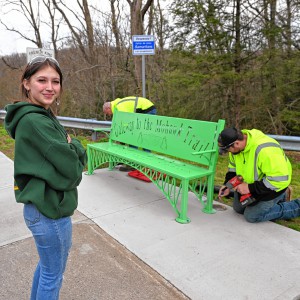 Franklin Tech student welds artistic bench for French King Bridge
Franklin Tech student welds artistic bench for French King Bridge
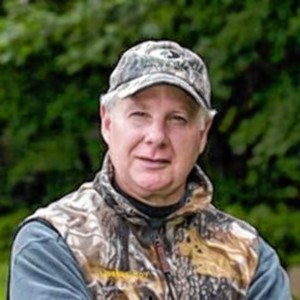 On The Ridge with Joe Judd: What time should you turkey hunt?
On The Ridge with Joe Judd: What time should you turkey hunt?
 State records show Northfield EMS chief’s paramedic license suspended over failure to transport infant
State records show Northfield EMS chief’s paramedic license suspended over failure to transport infant
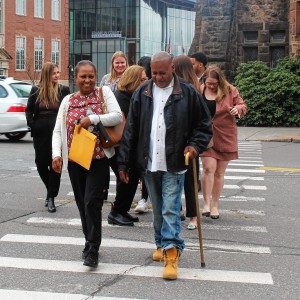 Former Greenfield man granted new trial after 1995 murder conviction, walks free
Former Greenfield man granted new trial after 1995 murder conviction, walks free
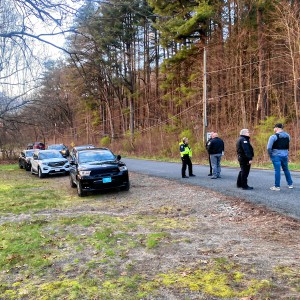 Police report details grisly crime scene in Greenfield
Police report details grisly crime scene in Greenfield
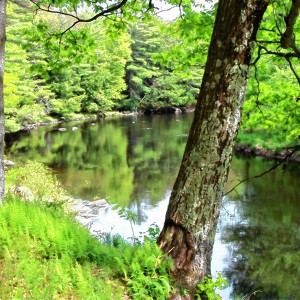 Formed 25,000 years ago, Millers River a historic ‘jewel’
Formed 25,000 years ago, Millers River a historic ‘jewel’
Climate change is no longer a far-off threat. It’s a crisis that is here now. To protect lives and livelihoods across the watershed, we need to cut carbon emissions and give communities pathways to prepare for the growing impacts of climate change. One of the best ways to become adaptive and resilient to the extreme weather is to simply protect and restore nature itself, remembering how water connects communities and land. As Wendell Berry wrote, “do unto those downstream as you’d have those upstream do unto you.”
Friends of Conte Executive Committee: Kristin DeBoer, Kestrel Land Trust, Massachusetts; Dan Augustino, Springfield Museums, Massachusetts; Alisha Milardo, Connecticut Audubon Society, Connecticut; Mary Pelletier, Park Watershed, Connecticut; Kirsten Martin, University of Saint Joseph, Connecticut; Chris Campany, Windham Regional Commission, Vermont; David Govatski, Friends of Pondicherry, Friends of Nulhegan, New Hampshire and Vermont.

 My Turn: Modern wood heat not carbon bogeyman
My Turn: Modern wood heat not carbon bogeyman My Turn: Unneeded, twice-rejected raise back for another vote in Erving
My Turn: Unneeded, twice-rejected raise back for another vote in Erving Pushback: Your home’s power plant could save our energy grid
Pushback: Your home’s power plant could save our energy grid My Turn: How to keep right on killing
My Turn: How to keep right on killing
